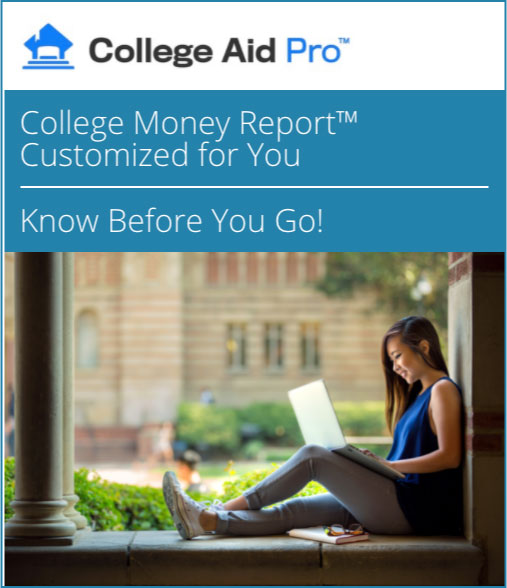Why Are Students Dropping Out of College?
By Joe Messinger, CFP®
August 11, 2023
This fact may shock you…in recent years, the college dropout rate is up to 32.9%.
Undergraduate freshmen have a one-year dropout rate of 24.1%.
These numbers are startling, especially for parents with high hopes that their children will attend college and thrive.
How can we make sure students are financially prepared for college?
Why are students dropping out?
The reasons students drop out can vary and include:
- They’re not academically prepared
- They’re unhappy or feel stressed out/overwhelmed
- Students might not feel sure that they are doing the right thing or made poor choices in college or major
- Some drop out for medical or family reasons
Often, the primary reason students drop out of college is financial, and some are even choosing not to attend college after graduating high school.
In our work with families, we’ve seen that students often want to choose to go to colleges they can’t afford. When they have to work and attend college at the same time, they face the risk of losing financial aid due to bad grades or lack of volunteer hours, or other scholarship criteria.
When students drop out of college, they must start repaying their student loans.
After a grace period of six months, the monthly student loan payments will begin. Students might consider attending college part-time. If students attend school at least half-time, they do not have to start paying off their loans immediately. If part-time is not an option, they will face monthly loan payments.
The best defense is a good offense.
The best way to prevent dropping out due to the inability to pay for college is to make smart decisions before college. Completing college requires good planning before the college is even selected.
- Parents need to plan out all four years down to the penny. Don’t just hope that it will all work out. Understand where each dollar comes from and talk with your students about the financial picture.
- Remember to keep cash flow planning in the picture. Kids aren’t free when they live at home. Use those unused funds in the amount of money you have for college.
- Use student loans wisely. Very few students can afford college without loans. Keep them small…ideally less than your student’s anticipated first-year salary.
- Save as much as you can. A 529 college savings plan is a super tool.
- Take advantage of tax credits when you can.
- Choose a college with the best financial aid package for you. Don’t be fooled into including loans or work-study in the “aid.” What actual FREE money is the student receiving?
- Consider work-study, knowing all the pros and cons.
- Understand the Return on Investment (ROI). Don’t go to a college with a huge price tag if the plan is to study elementary education. We need teachers, but we all know their starting salaries are meager. You can get an excellent education and be a success at a college that is more affordable. (Perhaps a teacher grant or teacher loan forgiveness is a good idea?)
With a smart financial game plan, a student can make a well-educated choice in their college. They’ll be on the most stable financial footing in order to complete college.
Need help?
We’re here to support you! Reach out to us today with any questions you have. Together, we can help your student make a savvy plan for going to college and thriving — financially and otherwise!
Updated August 2023.


